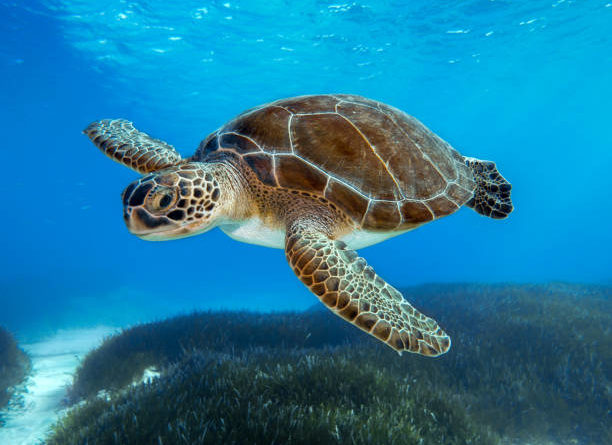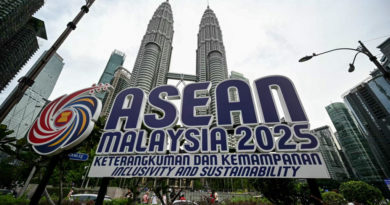SCI-Cheloniology | MANILA- South China Sea biodiversity at risk

(UPDATE) THE biodiversity of the South China Sea has been declining to critical levels mainly because of the building of artificial islands and the construction of outposts of rival claimant nations over the last 10 years, a study showed.
 Memento Maxima Digital Marketin
Memento Maxima Digital Marketin
@[email protected]
SPACE RESERVE FOR ADVERTISEMENT
The damage was uncovered after years of research by the Asia Maritime Transparency Initiative of the Center for Strategic and International Studies (CSIS). It has been updated to include last year’s discovery by Philippine authorities of the severe destruction of the marine environment and coral reef in the Rozul (Iroquois) Reef.
The South China Sea is home to 571 of the world’s 1,683 reef-forming coral species and eight of the 10 global species of giant clam.
The CSIS found that several species of giant clams were vulnerable as a direct result of the destructive poaching methods.
Vast swathes of coral reefs have also been damaged by the massive harvesting of giant clams, whose shells are sold as ornaments, tableware and floor-tiling materials.
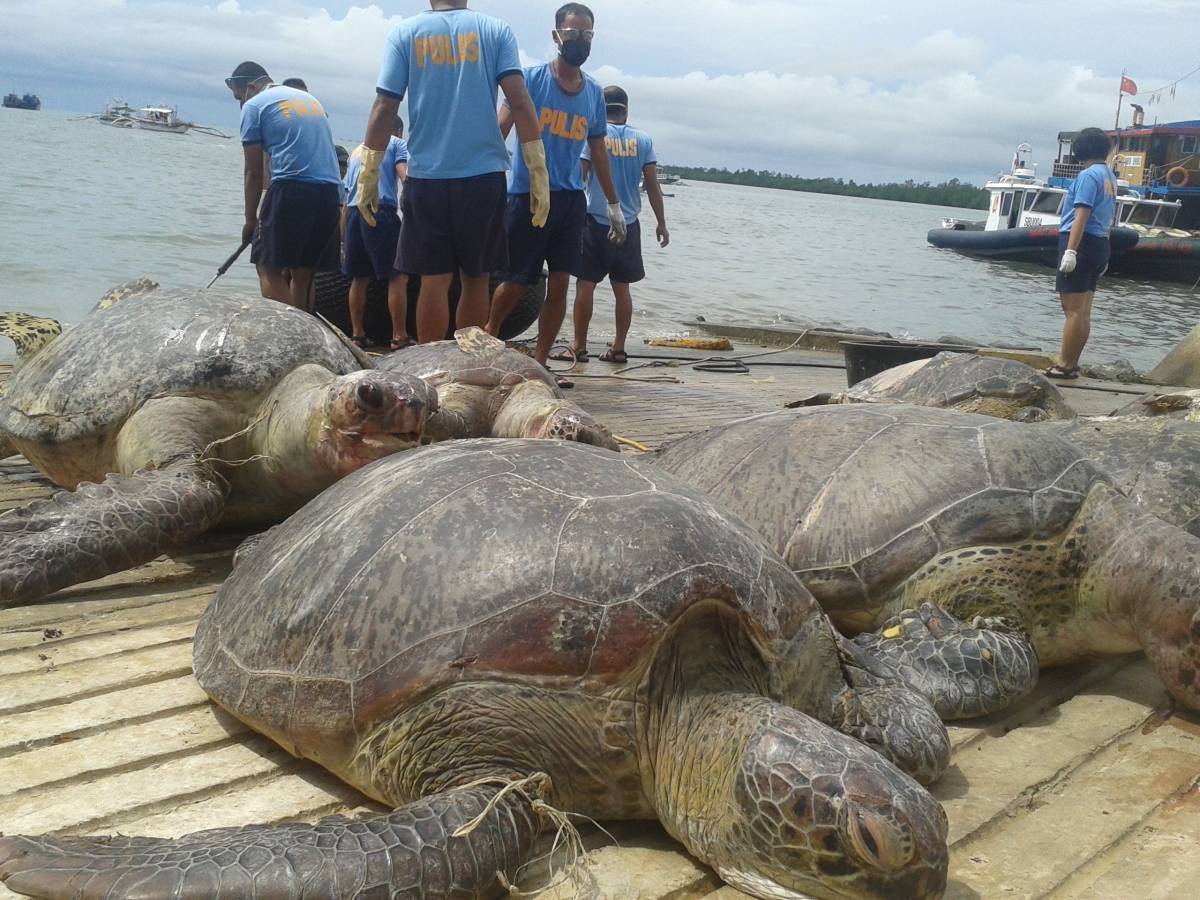
 Memento Maxima Digital Marketin
Memento Maxima Digital Marketin
@[email protected]
SPACE RESERVE FOR ADVERTISEMENT
.
]Poachers dig up reef surfaces by dragging boat propellers to break up the coral growths and harvest the giant clams embedded in them.
Another method of giant clam harvesting is using a high-pressure water pump to suck sediment from the seabed. The practice destroys the seabed and sends abrasive sediment drifting to nearby areas.
A surge of giant clam harvesting was recorded between 2012 and 2015, carried out mostly by fishermen from the port of Tanmen on China’s Hainan Island.
In September 2023, Philippine authorities confirmed reports of severe damage to the marine environment and coral reef in Rozul Reef in the West Philippine Sea (WPS), an area covered by the country’s exclusive economic zone (EEZ) but is still part of the South China Sea.
 Memento Maxima Digital Marketin
Memento Maxima Digital Marketin
@[email protected]
SPACE RESERVE FOR ADVERTISEMENT
They made the discovery after Chinese Maritime Militia (CMM) vessels that were monitored “swarming” in the area had left.
Expressing suspicion that the CMM vessels have been harvesting the corals, Manila said it will pursue the filing of environmental cases against China for its destructive activities in the West Philippine Sea.
The Philippines, Indonesia, Thailand and Vietnam are also known to harvest giant clams.
The Philippines is, in fact, considered the epicenter of an illegal global trade in giant clams.
According to a report published by a wildlife trade monitor, the country accounts for 99.7 percent of the 121,391 metric tons, or nearly the entire volume of confiscated giant clams, from January 2003 to December 2022.
Hundreds of uninhabited islets, reefs, atolls and seamounts in the South China Sea are the subject of competing claims by several countries.
The CSIS reported that among the claimants, China has caused the most destruction to the marine environment, inflicting 75 percent of the damage, or 8,572 hectares of coral reef, through its massive island expansion program.Killing marine life
From 2013 to 2017, China dredged to build its artificial islands. The process, which removed essential reef substructures, disturbed the seafloor and created clouds of abrasive sediment, killing nearby marine life. It also caused irreparable damage to coral reefs as it affected its capacity to repair itself, the CSIS said.
In the 18 features in the South China Sea that China has occupied, about 6,691 hectares of coral reef have been damaged by its artificial island building.
Three of the biggest artificial islands — Panganiban (Mischief), Zamora (Subi) and Kagitingan (Fiery Cross) — have a combined total of 1,500 hectares of coral reefs that have been damaged.
All three of these features are also claimed by the Philippines.
Giant clam harvesting by Chinese fishers has damaged an additional 6,618 hectares of coral reef.
Vietnam has also contributed to coral reef destruction over the years as it builds its own artificial islands in the South China Sea.
While Vietnam used the less destructive method of using clamshell dredgers and construction equipment for landfills, coral reefs where sediments are extracted and deposited were still destroyed.
 Memento Maxima Digital Marketin
Memento Maxima Digital Marketin
@[email protected]
SPACE RESERVE FOR ADVERTISEMENT
.
A total of 567 hectares of coral reefs from the 16 features in the South China Sea that Vietnam has occupied have been damaged.
Asian Century Philippines Strategic Studies Institute (ACPSSI) President Herman Tiu Laurel said Beijing had taken steps to restore coral reefs damaged by its island-building projects.
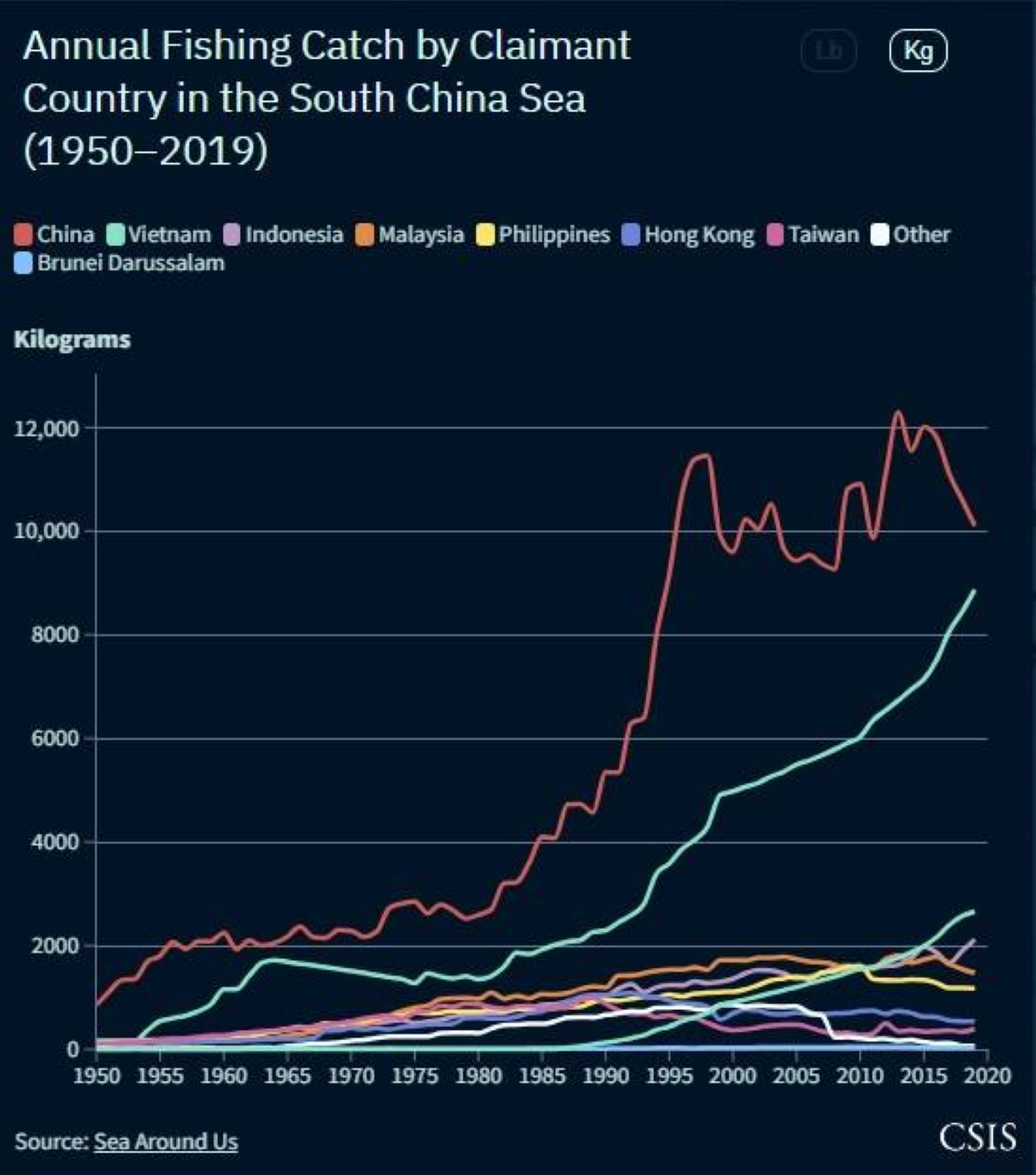
Laurel said that recovery work by China started as early as 2019.
 Memento Maxima Digital Marketin
Memento Maxima Digital Marketin
@[email protected]
SPACE RESERVE FOR ADVERTISEMENT
.
“The Chinese government is working to restore the ecosystem of coral reefs in the disputed South China Sea amid concerns that its land reclamation operations have damaged the environment,” said Laurel.
He said facilities to protect and recover coral were installed on Panganiban, Zamora and Kagitingan reefs, three of China’s biggest artificial islands.
China has also imposed an annual fishing ban from May to July and a fishing moratorium on thousands of its fishing vessels.
What the AMTI report failed to mention is that the United States was responsible for the destruction of coral reefs in an area covered by Philippine territory, he said.
Laurel said the USS Guardian grounded in Tubbataha Reef off Palawan in 2013 and destroyed 25,240 square feet of corals.
“Nobody knows how many such incidents of lesser magnitude go unreported,” he said.
Laurel said the coastal states ringing the South China Sea should “get together and come to terms with the regional need to plan and agree on a common plan to protect and restore damaged coral populations, set up fishing moratorium systems, and reach consensus on the Code of Conduct to establish a durable sense of security for all nations in the region.”
.
….
What is the science of studying turtles?
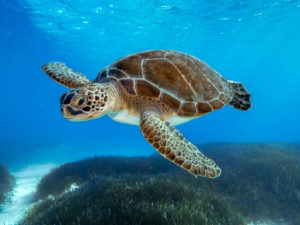

@[email protected]

